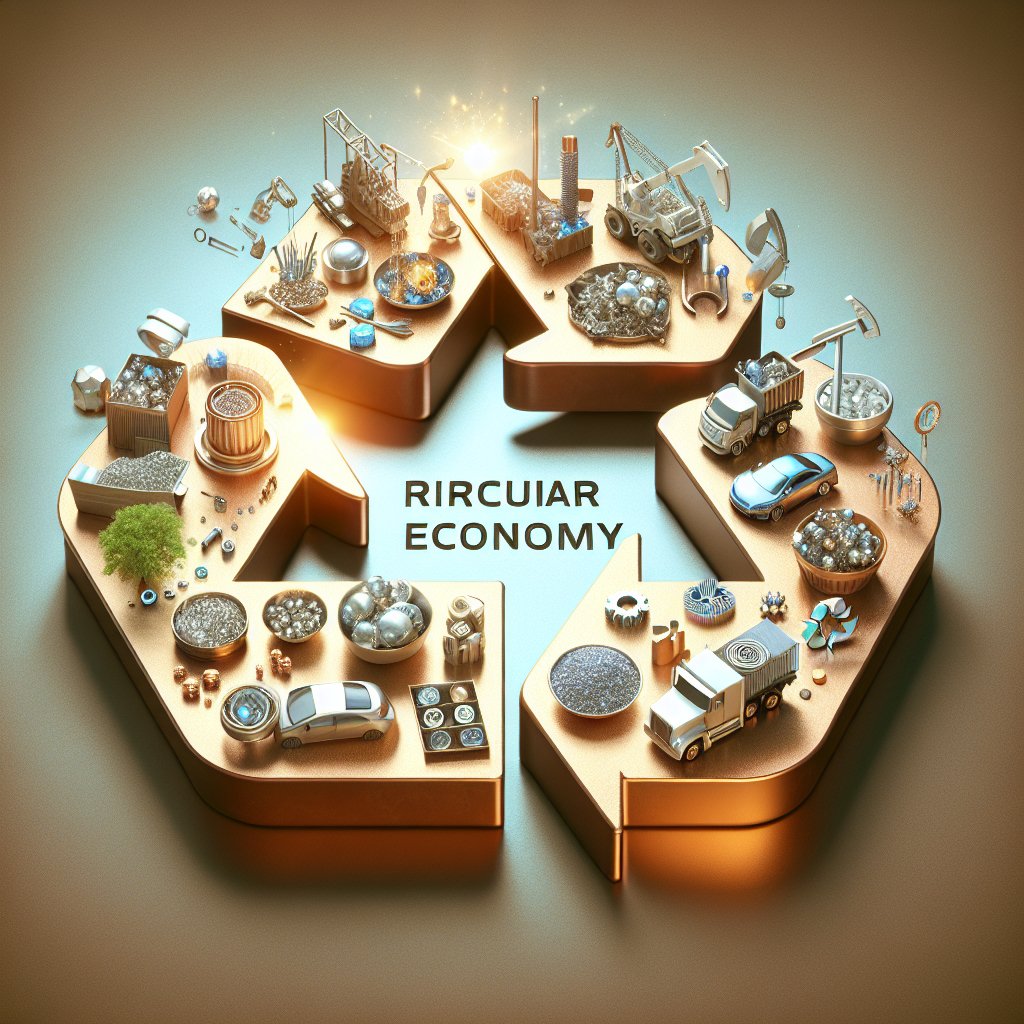The global supply chain for rare metals is a complex and intricate network that is increasingly influenced by geopolitical risks. These metals, which include elements like lithium, cobalt, and rare earth elements, are essential for a wide range of modern technologies, from smartphones to electric vehicles and renewable energy systems. As demand for these technologies grows, so too does the importance of securing a stable and reliable supply of rare metals. However, geopolitical tensions, trade policies, and regional instabilities pose significant challenges to this supply chain, impacting both availability and pricing.
The Importance of Rare Metals in Modern Technology
Rare metals play a crucial role in the development and functioning of modern technology. They are integral components in the manufacturing of high-tech devices, renewable energy systems, and advanced military equipment. For instance, lithium is a key element in the production of batteries for electric vehicles and portable electronics. Cobalt is used in the creation of superalloys for jet engines and gas turbines, while rare earth elements are essential for the production of permanent magnets used in wind turbines and electric motors.
The demand for these metals is driven by the global push towards digitalization and the transition to a low-carbon economy. As countries strive to reduce their carbon footprints and meet international climate goals, the need for renewable energy technologies and electric vehicles is expected to rise significantly. This, in turn, will increase the demand for rare metals, making their availability and supply chain stability more critical than ever.
However, the extraction and processing of rare metals are concentrated in a few countries, leading to potential vulnerabilities in the supply chain. For example, China dominates the production and processing of rare earth elements, while the Democratic Republic of Congo is the largest producer of cobalt. This concentration of supply in specific regions makes the global supply chain susceptible to geopolitical risks and trade disruptions.
Geopolitical Risks and Their Impact on the Supply Chain
Geopolitical risks are a significant concern for the rare metals supply chain. These risks can arise from political instability, trade disputes, and strategic competition between nations. One of the most prominent examples is the trade tensions between the United States and China, which have highlighted the vulnerabilities in the supply chain for rare earth elements. As the two largest economies in the world engage in a trade war, the potential for supply disruptions becomes a real threat, given China’s dominance in the rare earth market.
Political instability in key producing regions also poses a risk to the supply chain. The Democratic Republic of Congo, which supplies over 60% of the world’s cobalt, has a history of political unrest and conflict. Such instability can lead to disruptions in mining operations and affect the global supply of cobalt. Similarly, tensions in the South China Sea, a critical shipping route for rare metals, could impact the transportation and distribution of these resources.
Moreover, strategic competition for access to rare metals is intensifying as countries seek to secure their supply chains. Nations are increasingly viewing rare metals as strategic resources, leading to efforts to diversify supply sources and reduce dependency on single suppliers. This has resulted in increased investment in mining projects in other regions, such as Australia and Canada, as well as efforts to develop recycling technologies to recover rare metals from electronic waste.
Strategies for Mitigating Geopolitical Risks
To address the geopolitical risks associated with the rare metals supply chain, several strategies can be employed. Diversification of supply sources is a key approach to reducing dependency on specific regions. By investing in mining projects in different parts of the world, countries can create a more resilient supply chain that is less vulnerable to regional instabilities and trade disputes.
Another strategy is the development of alternative technologies that reduce the reliance on rare metals. For example, research is being conducted to create battery technologies that use more abundant and less geopolitically sensitive materials. Such innovations could help mitigate the impact of supply disruptions and reduce the strategic importance of certain rare metals.
Recycling and urban mining also offer potential solutions to the challenges posed by geopolitical risks. By recovering rare metals from electronic waste, countries can reduce their reliance on primary mining and create a more sustainable supply chain. This approach not only helps to secure a stable supply of rare metals but also addresses environmental concerns associated with mining activities.
International cooperation and the establishment of strategic reserves are additional measures that can help mitigate geopolitical risks. By working together, countries can share information, coordinate responses to supply disruptions, and develop joint strategies to ensure a stable supply of rare metals. Strategic reserves can provide a buffer against short-term supply shocks, allowing countries to manage disruptions more effectively.
In conclusion, the geopolitical risks in the rare metals supply chain present significant challenges that require a multifaceted approach to address. By diversifying supply sources, developing alternative technologies, promoting recycling, and fostering international cooperation, countries can enhance the resilience of the supply chain and ensure a stable supply of these critical resources for the future.












